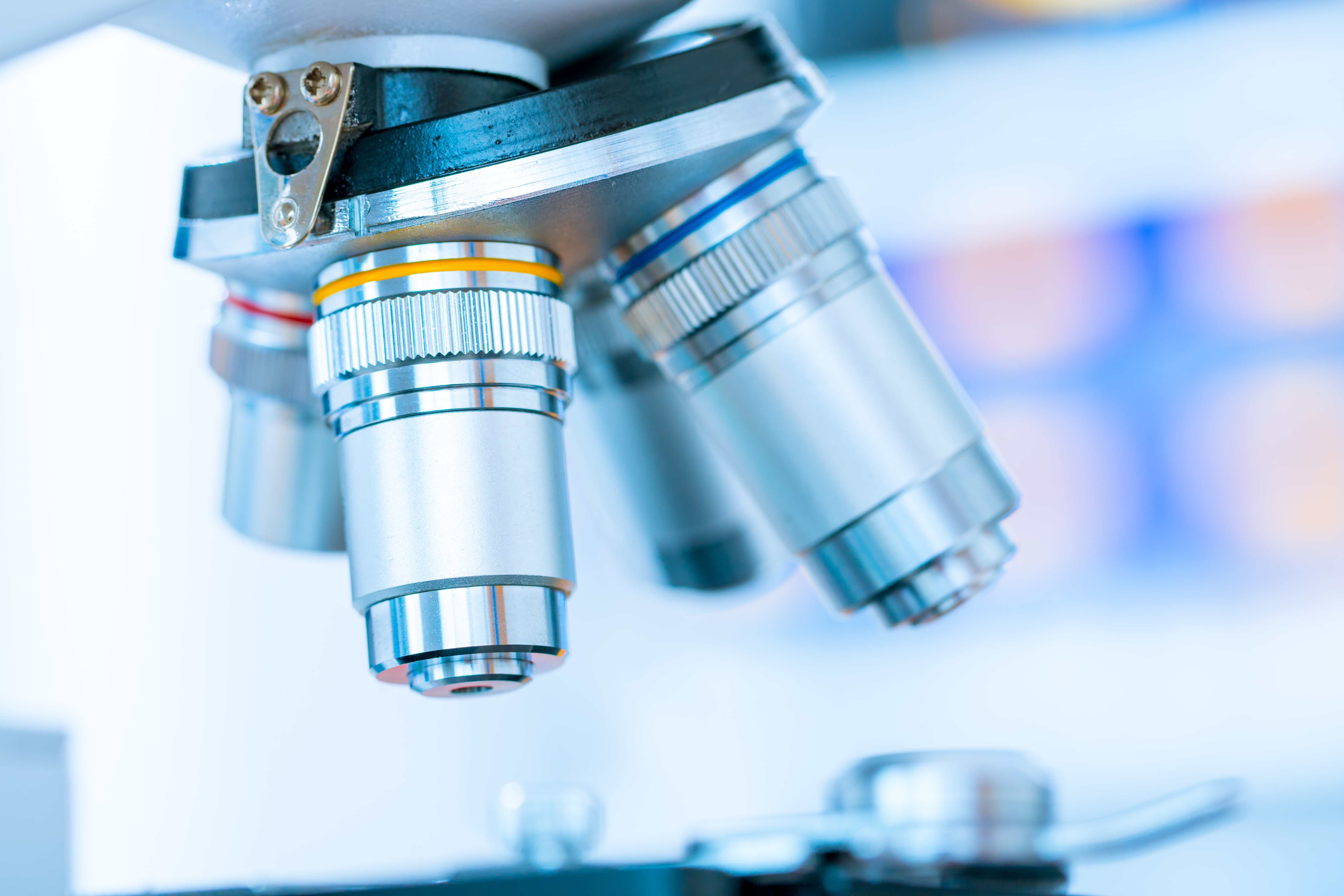Activity Detail
Seminar
Enzyme replacement therapy for homocystinuria
Tomas Majtan, PhD
 Classical homocystinuria, also known as cystathionine beta-synthase(CBS)-deficient homocystinuria (HCU), is a monogenic inborn error of sulfur amino acid metabolism primarily caused by the missense mutations in the CBS gene. CBS is a critical enzyme of the transsulfuration pathway, in which the essential amino acid methionine is converted to another sulfur amino acid cysteine. Homocysteine, a toxic intermediate of this conversion, lies at a pivot point, where it can be either remethylated back to methionine via ubiquitous methionine synthase or liver-dependent betaine-homocysteine methyltransferase or processed by CBS towards cysteine synthesis. Human CBS is a pyridoxal-5’-phosphate-dependent hemoprotein with complex domain architecture and regulation, which catalyzes condensation of Hcy with serine to form cystathionine and water. Lack of CBS activity results in accumulation of homocysteine and methionine in plasma and tissues in HCU patients with multisystemic clinical complications, such as connective tissue defects, osteoporosis, dislocated optic lenses, learning difficulties and developmental delay or thromboembolism. Current treatment options for HCU are limited, decades old, hard to follow and insufficient to prevent progression and/or exacerbation of the disease. Thus, we developed an enzyme replacement therapy for HCU based on chemically modified truncated human CBS. This talk summarizes selection process of the leading candidate molecule for ERT and its in vitro and in vivo characterization. We used multiple mouse models of HCU and evaluated ERT for its efficacy following biochemical markers and phenotype of murine HCU. We also compared ERT to current standards of care for HCU with the goal to generate strong, data-driven package to support filing of the project with the regulatory agency and thus enable first-in-human clinical trial.
Classical homocystinuria, also known as cystathionine beta-synthase(CBS)-deficient homocystinuria (HCU), is a monogenic inborn error of sulfur amino acid metabolism primarily caused by the missense mutations in the CBS gene. CBS is a critical enzyme of the transsulfuration pathway, in which the essential amino acid methionine is converted to another sulfur amino acid cysteine. Homocysteine, a toxic intermediate of this conversion, lies at a pivot point, where it can be either remethylated back to methionine via ubiquitous methionine synthase or liver-dependent betaine-homocysteine methyltransferase or processed by CBS towards cysteine synthesis. Human CBS is a pyridoxal-5’-phosphate-dependent hemoprotein with complex domain architecture and regulation, which catalyzes condensation of Hcy with serine to form cystathionine and water. Lack of CBS activity results in accumulation of homocysteine and methionine in plasma and tissues in HCU patients with multisystemic clinical complications, such as connective tissue defects, osteoporosis, dislocated optic lenses, learning difficulties and developmental delay or thromboembolism. Current treatment options for HCU are limited, decades old, hard to follow and insufficient to prevent progression and/or exacerbation of the disease. Thus, we developed an enzyme replacement therapy for HCU based on chemically modified truncated human CBS. This talk summarizes selection process of the leading candidate molecule for ERT and its in vitro and in vivo characterization. We used multiple mouse models of HCU and evaluated ERT for its efficacy following biochemical markers and phenotype of murine HCU. We also compared ERT to current standards of care for HCU with the goal to generate strong, data-driven package to support filing of the project with the regulatory agency and thus enable first-in-human clinical trial.





